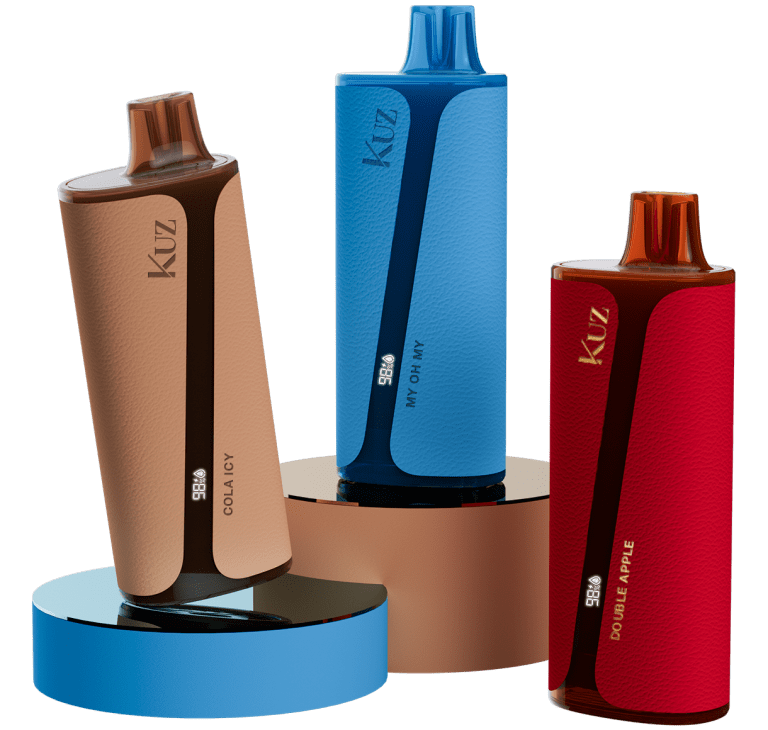In recent years, vaping has surged in popularity, with many people turning to it as a perceived safer alternative to smoking. However, there’s still a lot of confusion surrounding the term “smoke vape,” with some users and even retailers mislabeling vapor as smoke. This article aims to clarify the differences, debunk common myths, and explore why vaping is considered a safer alternative to smoking.
What Is Smoke Vape?
The term “smoke vape” is a misnomer that often confuses newcomers to the vaping world. Unlike traditional cigarettes, which produce smoke through combustion, vaping involves heating e-liquid to create vapor—a fine mist that resembles smoke but is chemically different.
Vapor vs. Smoke: The Key Differences
When you smoke tobacco, the process of combustion creates thousands of chemicals, many of which are harmful and carcinogenic. Among these are tar, carbon monoxide, and a host of other toxins that pose severe health risks. In contrast, vaping does not involve combustion. The e-liquid in vapes is heated to a temperature below its combustion point, creating an aerosol that contains far fewer harmful substances.
The main components of vape aerosol include propylene glycol, vegetable glycerin, nicotine, and flavorings. While not entirely risk-free, these ingredients are generally considered safer than the toxic byproducts of smoking.
The Myths and Misconceptions
One of the biggest myths surrounding vaping is that it is just as harmful as smoking because “smoke” is visible when someone exhales. This misunderstanding stems from the visual similarity between smoke and vapor. However, scientific studies have shown that the chemical composition of vapor is much less harmful than that of tobacco smoke.
For example, vapor contains negligible amounts of harmful substances like formaldehyde and acetaldehyde—both of which are present in high concentrations in cigarette smoke. Moreover, the absence of tar in vapor drastically reduces the risk of lung-related diseases, making vaping a potentially safer choice.
Health Implications: Is Vaping Really Safer?
While vaping is not entirely risk-free, it is widely regarded as a safer alternative to smoking by health authorities. Public Health England, for instance, has stated that vaping is 95% less harmful than smoking. This is primarily because vaping eliminates the combustion process, which is responsible for producing the majority of harmful chemicals found in cigarettes.
However, it’s important to note that the safety of vaping can vary depending on the quality of the e-liquid and the device used. Vapers should be cautious about the ingredients in their e-liquids, particularly avoiding those that contain harmful substances like diacetyl, which has been linked to respiratory issues.
Safer Vaping Practices
For those considering making the switch from smoking to vaping, it’s crucial to adopt safe vaping practices. Here are a few tips to help ensure a safer vaping experience:
- Choose Quality E-liquids: Always purchase e-liquids from reputable brands that provide transparency about their ingredients.
- Maintain Your Device: Regularly clean and maintain your vape device to prevent the buildup of harmful residues.
- Monitor Nicotine Levels: Start with a nicotine level that matches your smoking habit and gradually reduce it over time if you plan to quit nicotine altogether.
- Avoid Overheating: Avoid chain vaping, as overheating the e-liquid can lead to the production of harmful byproducts.
Conclusion
In summary, while “smoke vape” may be a commonly used term, it’s crucial to understand that vaping and smoking are fundamentally different in terms of their health impacts. Vaping is generally considered a safer alternative to smoking, primarily due to the absence of combustion and the lower levels of harmful chemicals in vapor. However, like any habit, vaping should be approached with caution and responsibility.
If you’re a smoker looking to quit, vaping could be a viable alternative to help you transition away from tobacco. Just remember to stay informed, choose quality products, and practice safe vaping habits.



